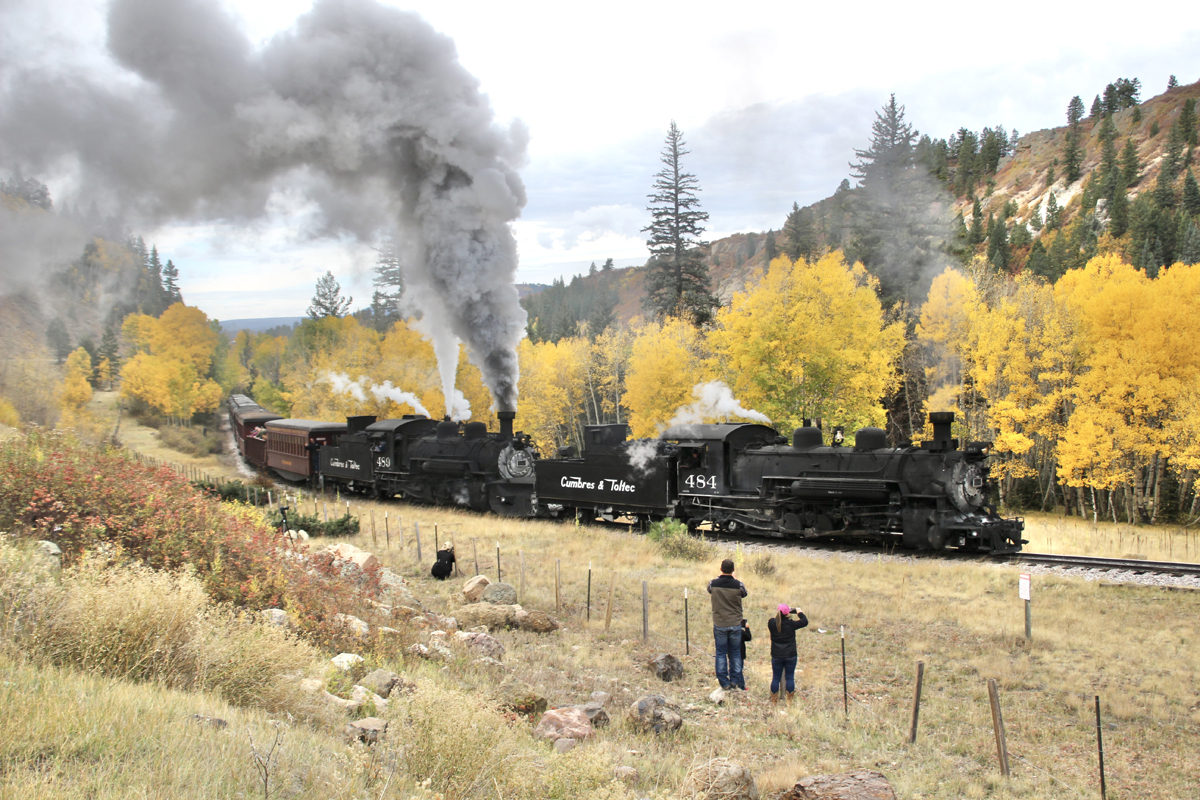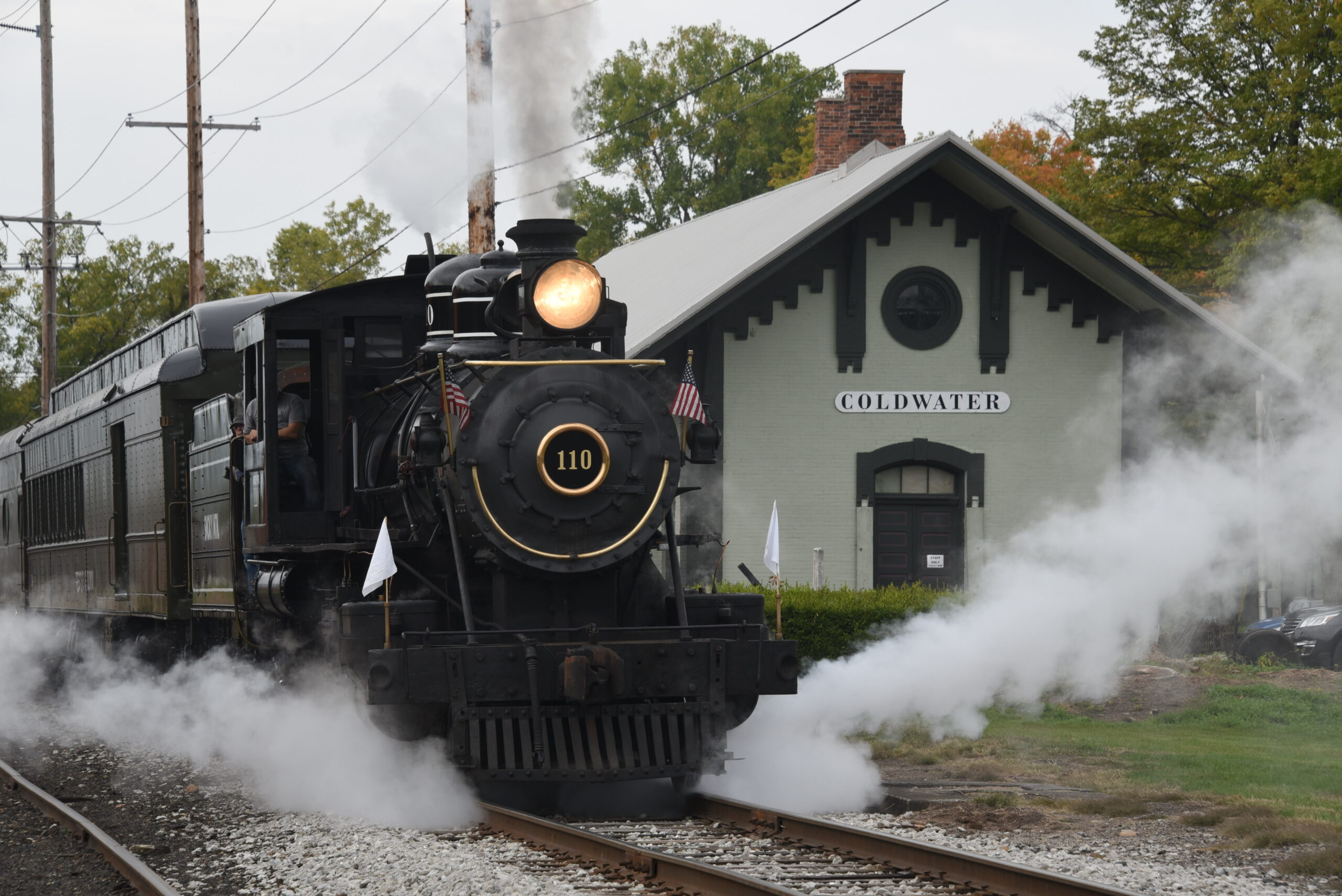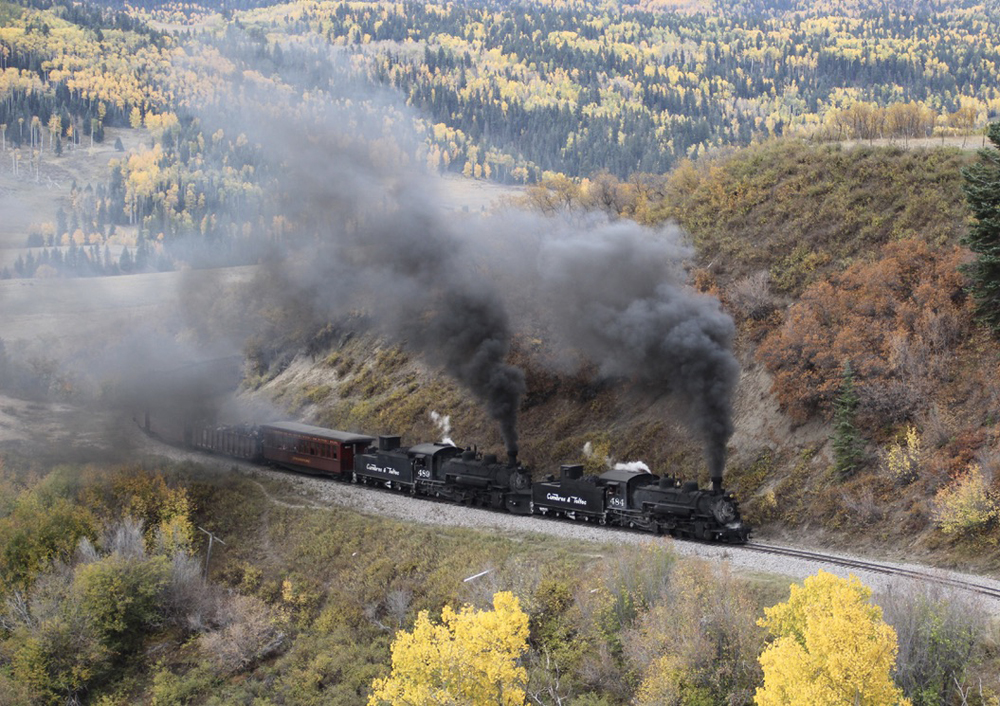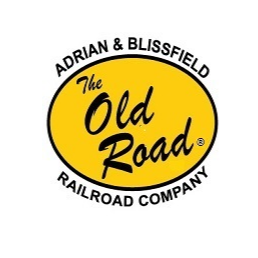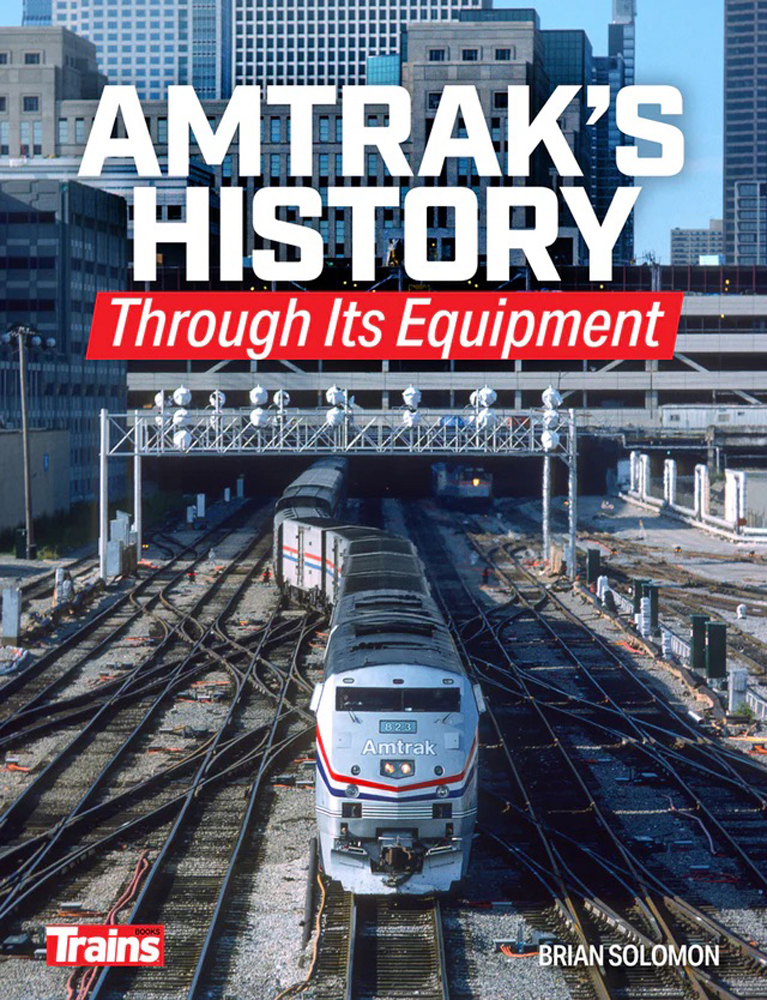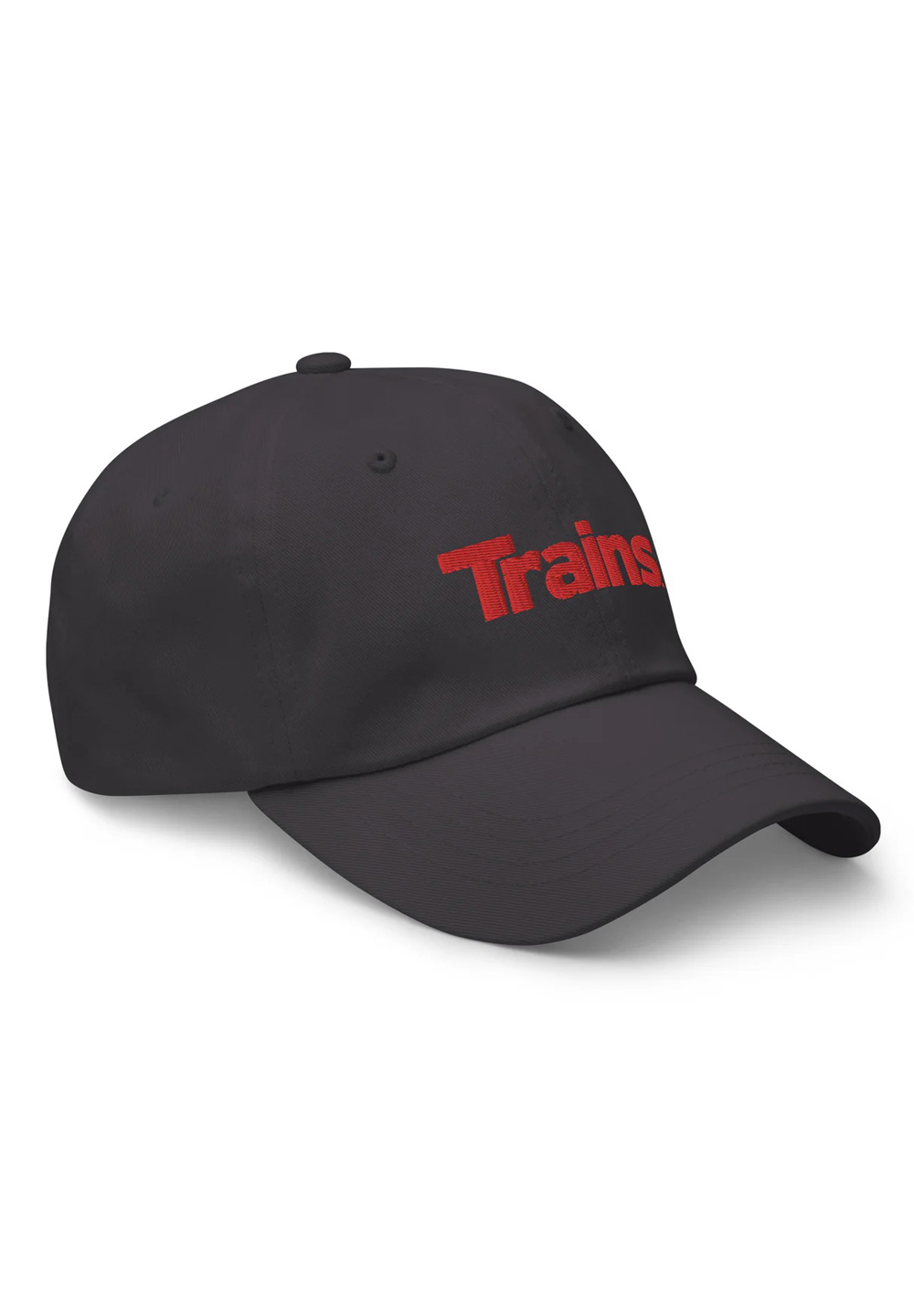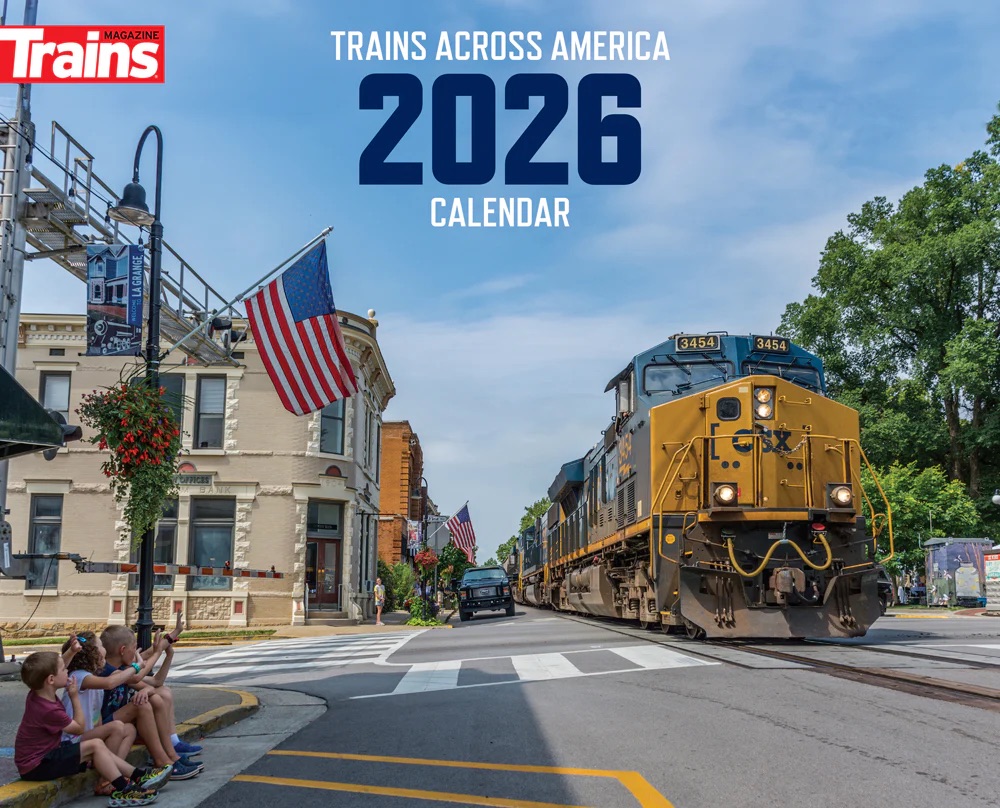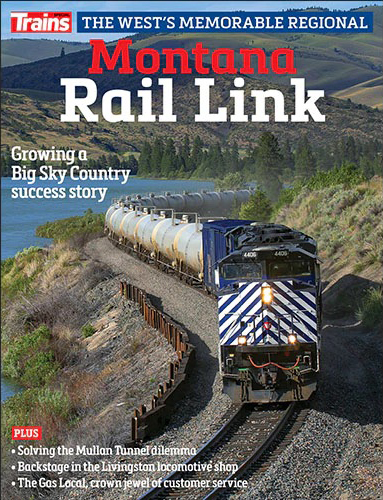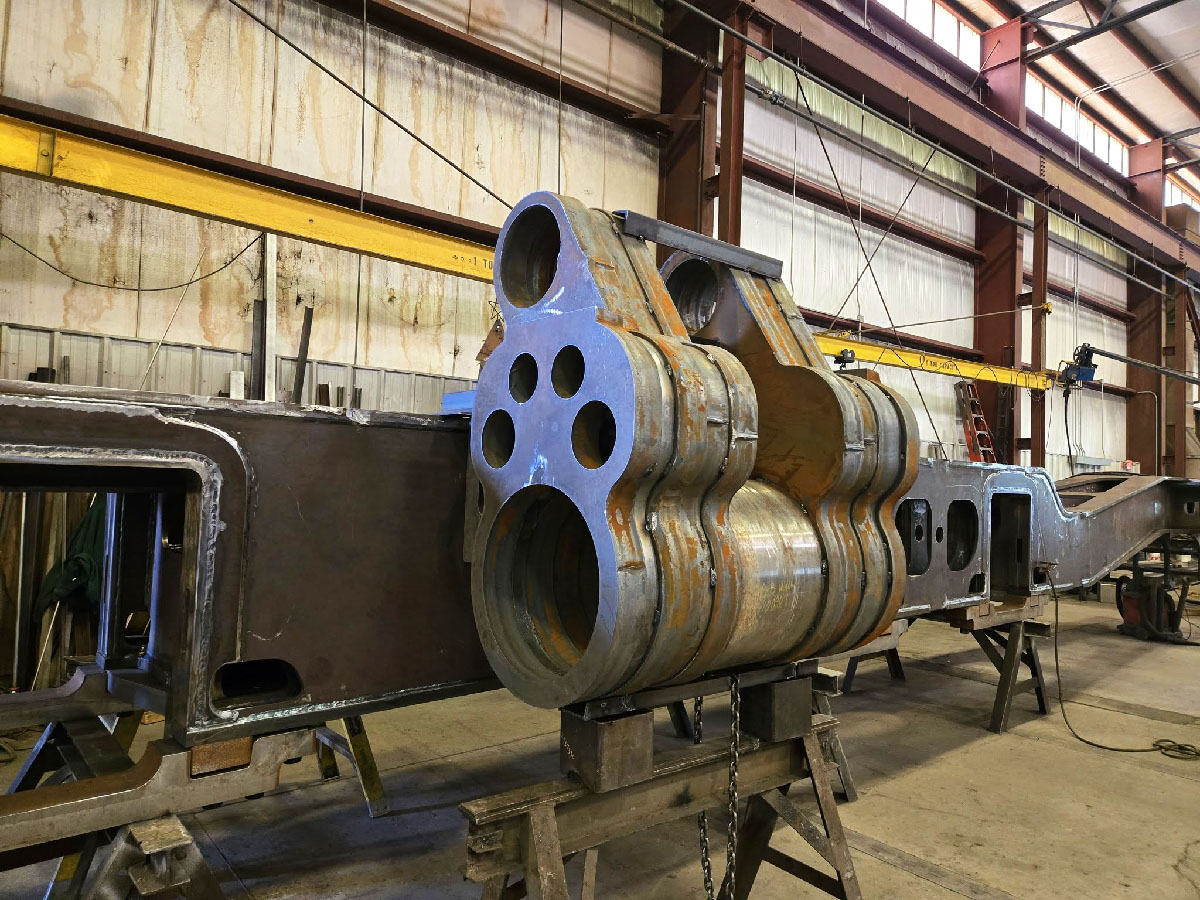
Pennsylvania Railroad No. 5550 continues to move toward reality. The T1 Trust reports that cylinder fabrication is now nearly 66% complete. Overall, the new locomotive is about 53% done.
Two prototypes of the 4-4-4-4 duplex design were built by the Baldwin Locomotive Works in 1947. The Pennsy liked what they saw and between 1945 and 1946 built a fleet of 50 T1s — 25 erected by Baldwin, 25 from the railroad’s shops at Altoona, Pa. All were eventually scrapped. The T1 Trust is building the 51st T1 from the ground up as a near reproduction of No. 5500. The project is due to be completed in 2030.
Components of the four cylinder sets are being produced at Dover Tank and Plate (Dover, Ohio), the same company that fabricated the new T1’s frame. Completed, each cylinder set weighs nearly 8,000 pounds. The sets are being manufactured as a number of individual parts.
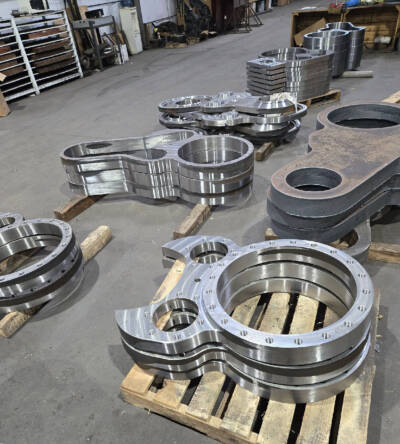
Each cylinder unit consists of 11 major pieces and dozens of smaller parts. The technique of welding steam locomotive cylinders is not new to the T1 Trust project. The Pennsylvania Railroad, Chesapeake & Ohio, and Santa Fe used the welding process to make cylinders in the 1930s and 1940s, according to information the T1 Trust posted on its Facebook page.
Before the cylinders are completed, the individual parts will be machined closer to the final size. The parts will go through a stress relief process where they will be heated to over 1100 degrees, held at that temperature for several hours, and then cooled slowly. Next will be additional machining and welding the parts into cylinder units. The cylinders will then be welded to the frame. Once the frame and cylinders are aligned, final machining on the cylinder bore will take place. Unlike when the original T1s were built, lasers will be used to check the final frame-cylinder alignment, ensuring that the cylinders are precisely parallel to the frame.
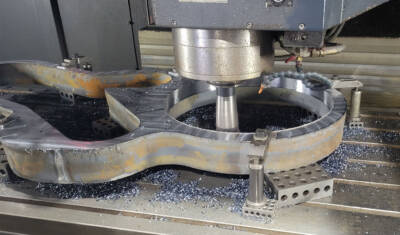
To complete the cylinders, will require more than 2,000 hours of machining and around 1,000 hours of welding, says Jason Johnson, Trust general manager.
The T1 Trust also reports that the axle boxes and other suspension components are in process. The hope is that during 2026 the new frame will be placed on its wheels.
Additional information about the T1 Trust or how you can contribute to the project can be found on the web or Facebook.






